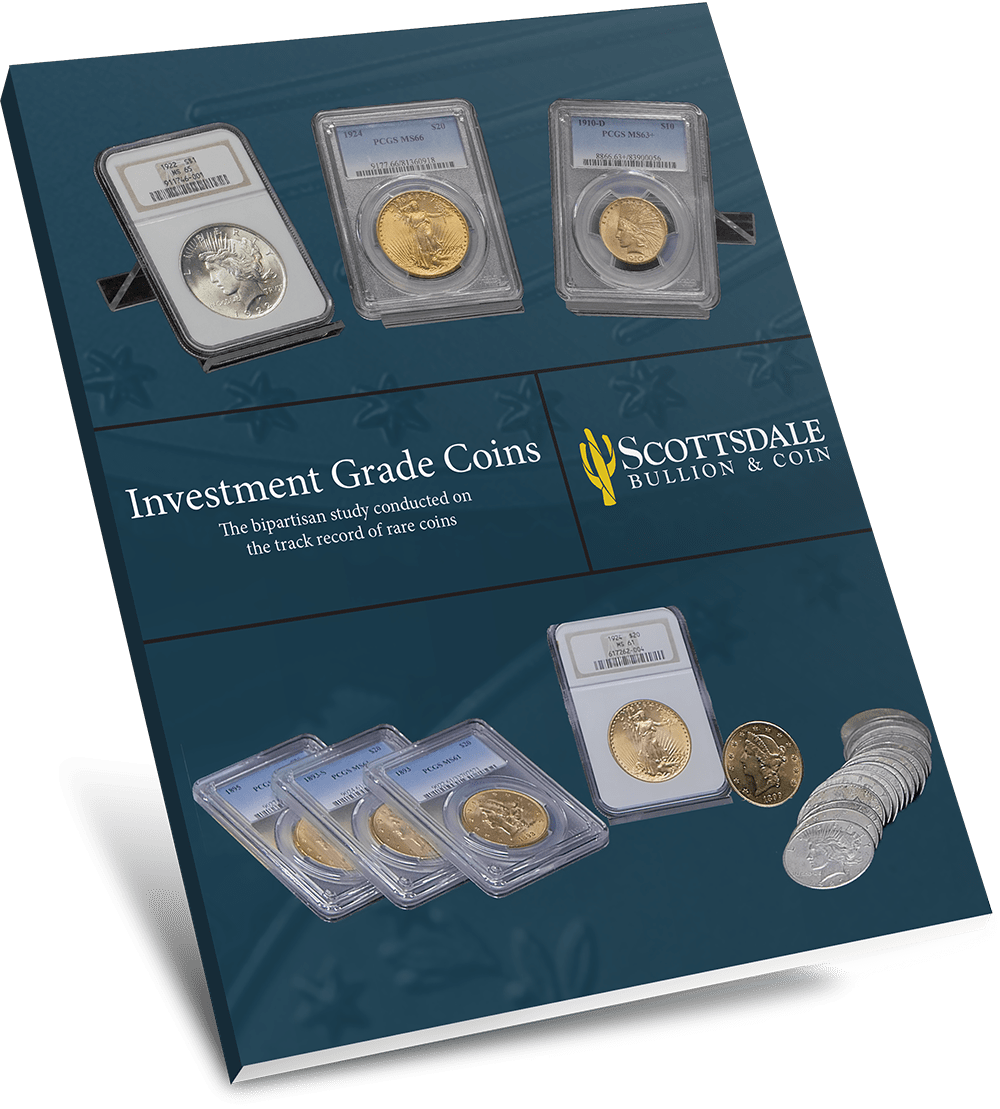There’s been a surge in demand for gold as the economy struggles to find stability amongst global uncertainty. It’s well-understood that precious metals can act as a hedge against inflation during periods of economic downturn, but investors still have questions about the type of gold investments available.
Watch the video to hear SBC Founder Eric Sepanek and Precious Metal Advisor John Karow explain two different gold markets available, how they differ, and what advantages investors can gain from each.
Why gold prices aren’t skyrocketing with inflation?
The average American has experienced first-hand how out-of-control prices are crippling buying power. Just two weeks ago, US inflation notched a 40-year high. On top of that, the Fed implemented yet another 0.75% rate hike yesterday.
In the midst of this economic turmoil, many investors are wondering why gold prices aren’t jumping higher in response. An in-depth and accurate answer to that question requires an understanding of different gold markets: bullion and investment grade coins.
The Bullion Market
The gold bullion market invariably raises questions of instability and price levels. The unpredictable highs and lows even with favorable market conditions lead investors to wonder about the real driving forces behind it.
As a commodities market, bullion is subject to the influence of major investors such as bullion banks, government, ETF sellers, and more. These institutional investors have the deep pockets needed to heavily manipulate the market and control the prices.
This external influence is largely responsible for the volatile swings that retail investors experience when investing in the bullion market. This means the average investor is along for the ride without any way to predict where the market will go.
The best strategy for successfully riding out this market is to buy the dips through dollar-cost averaging. In other words, scooping up more bullion when the market cools off can average out a lower cost of your investment over time.
The Investment Grade Coin Market
The investment grade coin market is much more stable than the bullion market. It provides a long-term, strategic investment opportunity which many investors prefer due to the relative lack of volatility.
Fortunately, the investment grade coin market isn’t restricted to obscure or rare coins. It’s actually the accessible investment grade coinage, such as the $20 Liberty gold coin, that comprises the majority of the market. This means retail investors of all experience levels can gain access with ease.
Over the past few months, investors in the investment grade coin market haven’t experienced the up and down movements as bullion holders even though both sets of investors are trading in the same asset.
The main primary reason behind the investment grade coin market’s stability is the lack of big players coming in to mess everything up for the retail investor. Institution investors don’t really invest in the investment grade market which contributes to its strength and stability.
Become a better investor.
With a better understanding of the difference between bullion vs numismatic coins, you can make more informed decisions as a precious metals investor. Both markets have the potential to protect your wealth through periods of economic uncertainty. There are just some differences in price action that require varied investment strategies.
If you’d like to get learn more about the specific price action of gold in each of these markets, watch this week’s episode of The Gold Spot Overtime video where SBC’s founder, Eric Sepanek, goes in-depth about gold value in terms of bullion and investment grade coins.



